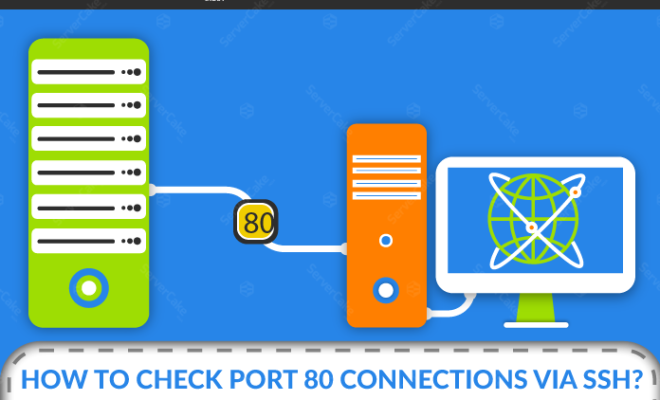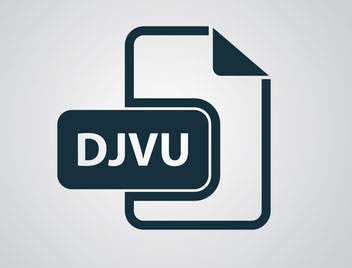What is Port 80?

Port 80 is a certain port number that is used in the transmission of information on the internet. This port number is commonly referred to as the HTTP port or the web port. When a user types in a URL into their web browser, the computer system makes a request for the server on the particular domain name entered. The request is then processed through port 80, which acts as a gateway for web traffic between client systems and servers.
HTTP stands for Hypertext Transfer Protocol, which is the protocol used to transmit web pages and other types of data over the internet. HTTP is commonly used for transmitting text, images, audio, and video files on the internet. HTTP is an application layer protocol used to deliver content requested by web browser clients to servers.
Port 80 is used primarily for HTTP web server communication; any website or webpage that you visit on your computer is transmitted through port 80. It is important to understand that when you enter a URL into your web browser and click Enter, multiple requests are generated behind the scenes that use port 80 to connect with the server. Once this connection is established, the HTTP data is transmitted over the connection.
Additionally, port 80 is also used for secure web communication over HTTPS (Hypertext Transfer Protocol Secure). HTTPS is a protocol that uses encryption to protect data that is transmitted between the client and the server. Websites that offer secure credit card transactions or online banking typically use port 80 for communication between clients and servers.
In conclusion, port 80 is an essential component in the transmission of information on the internet. Without port 80, web browsers would not be able to connect with servers to request and display web pages, making it impossible for any website to function. Port 80 is just one of many ports used in communication on the internet. Other common ports include port 21 (FTP), port 25 (SMTP), and port 443 (HTTPS).






